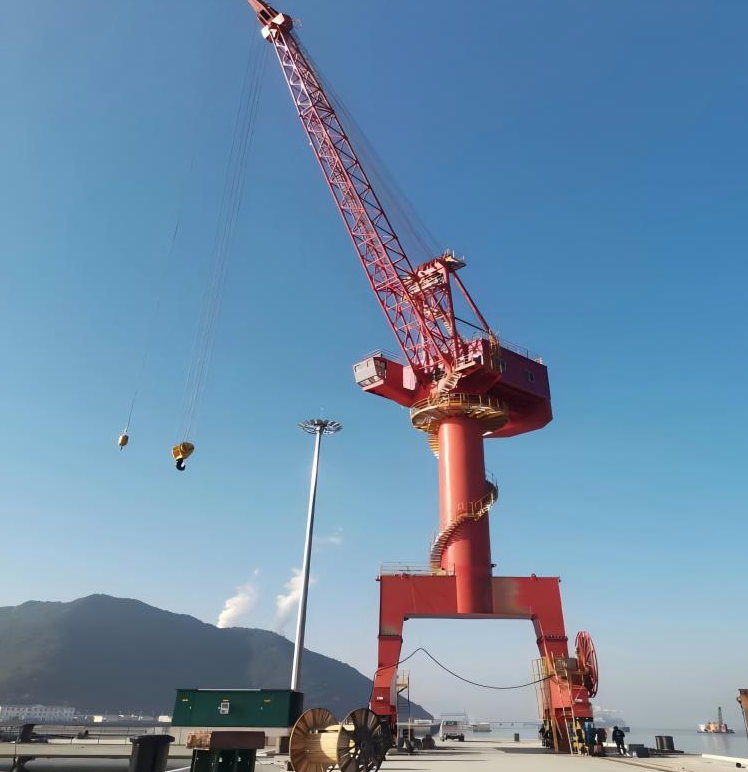Adjustment Principles of Luffing Speed for Portal Slewing Cranes at Different Amplitudes
As essential crane equipment in modern ports, shipyards, and large construction sites, the luffing performance of portal slewing cranes directly impacts operational efficiency and safety. The regulation of crane luffing speed is a core aspect of operation technology, particularly the speed control at different amplitudes, which reflects the humanized and intelligent design level of modern portal slewing cranes.
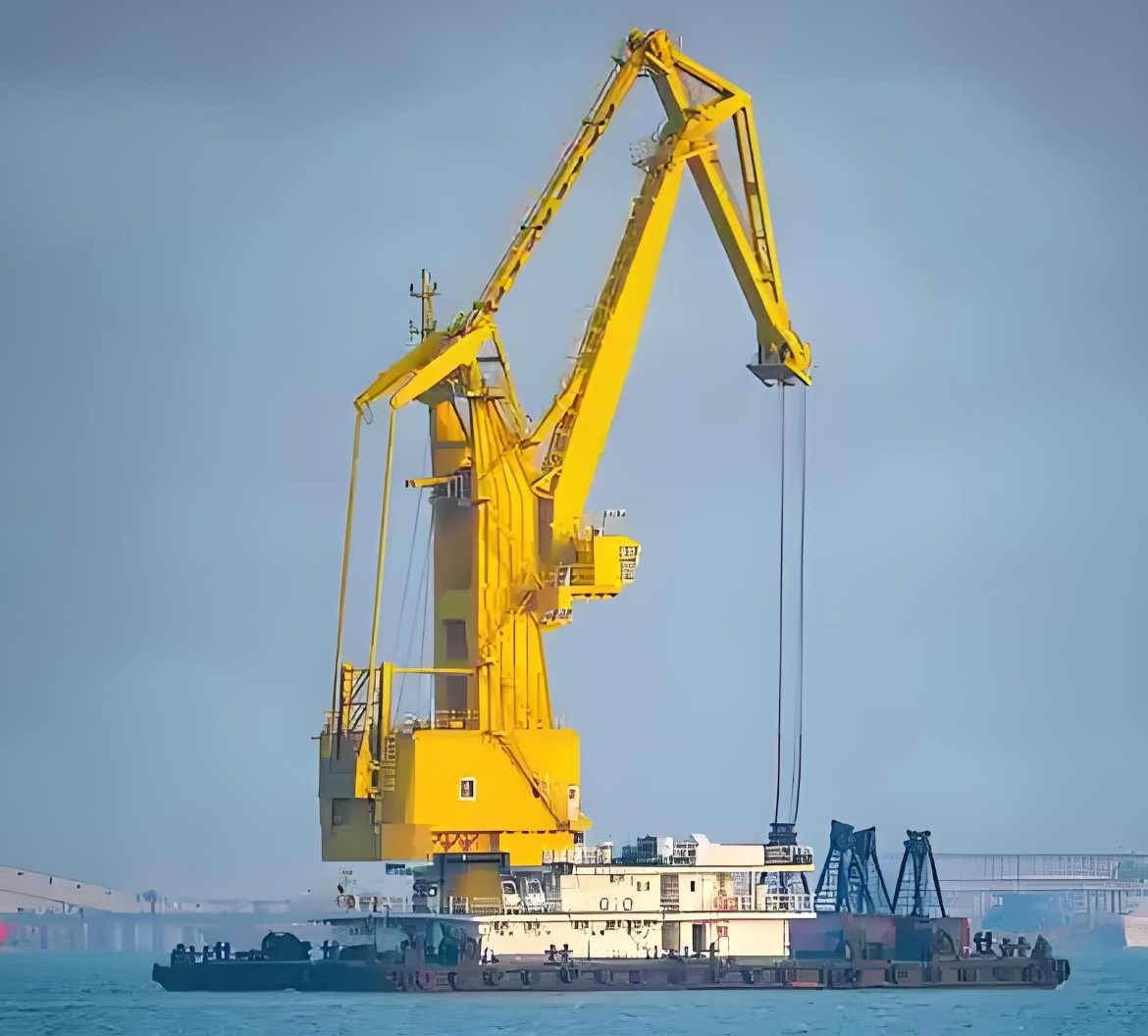
The Intrinsic Relationship Between Luffing Speed and Amplitude
The luffing mechanism of a portal slewing crane adjusts the working radius by changing the boom angle. Due to the moment balance characteristics of the crane, its rated liftingcapacity varies significantly at different amplitudes. This characteristic dictates that the luffing speed must be adjusted according to the amplitude to ensure operational smoothness and safety, which is essential for maintaining luffing stability.
When the crane operates at maximum amplitude, its lifting capacity reaches a minimum while the moment of inertia increases significantly. In this configuration, the crane becomes particularly vulnerable to load swing and whole-machine vibration if subjected to excessive luffing speeds. These dynamic effects can compromise the crane's operational safety and structural integrity. Conversely, at minimum amplitude, the crane achieves its greatest lifting capacity with reduced moment of inertia. This condition permits higher luffing speeds while maintaining the crane's operational stability, allowing for improved efficiency without sacrificing safety.
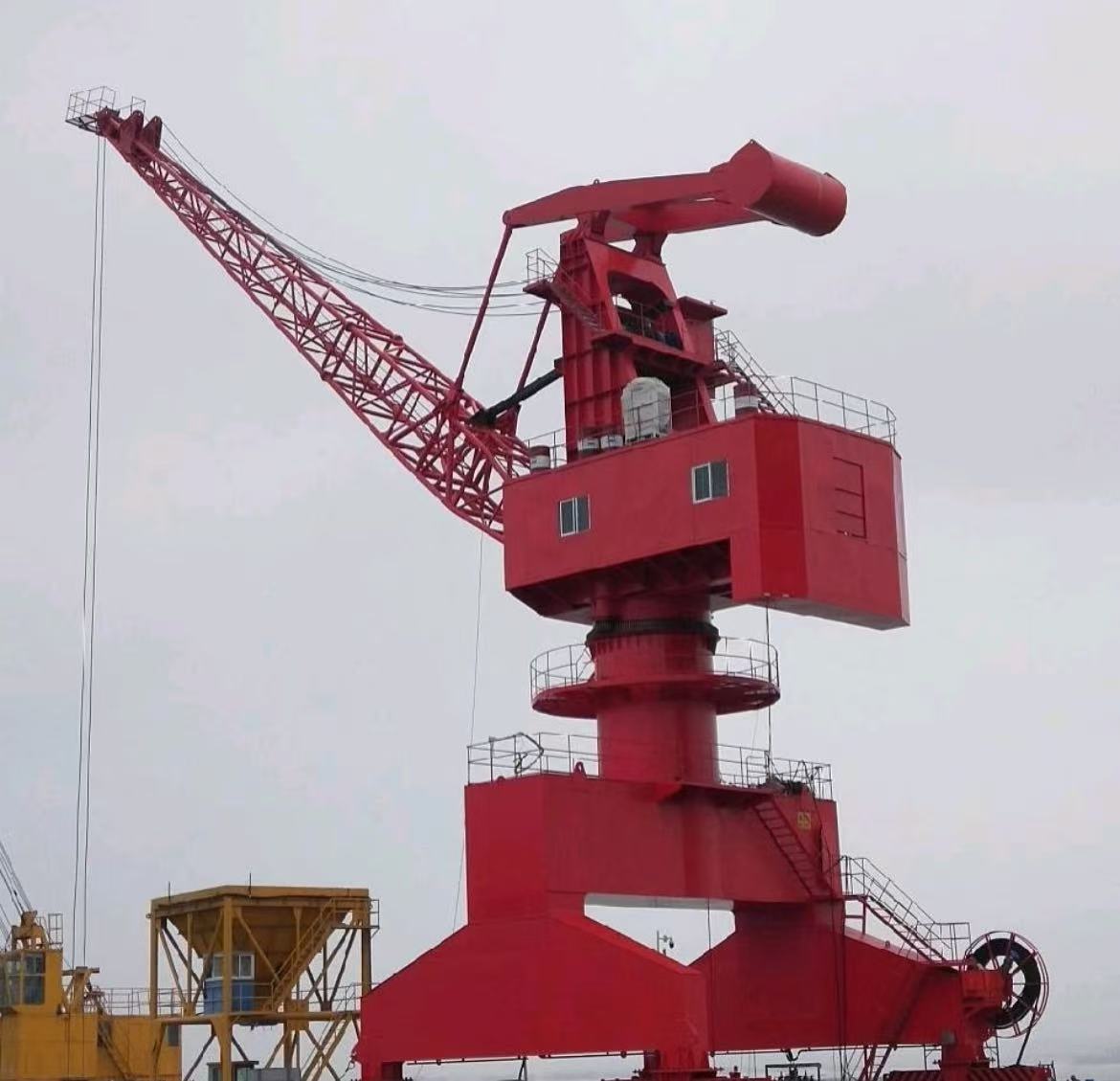
Crane Speed Adjustment Principles at Different Amplitudes
Crane Adjustment Strategy Under Small Amplitude Conditions
Within the minimum amplitude range, the portal slewing crane can adopt a higher luffing speed. At this time, the crane’s stability is relatively high, and the acceleration and deceleration processes are relatively smooth, which is conducive to improving operational efficiency and luffing stability. Operators can select an appropriate speed gear according to the actual load weight, typically reaching 80%–100% of the rated speed.
Crane Speed Control Under Medium Amplitude Conditions
When operating within the medium amplitude range, the crane requires a more cautious speed strategy. It is recommended to maintain luffing speed between 60% and 80% of rated capacity, with fine adjustments based on actual conditions. This amplitude range presents the most complex moment changes for the crane, demanding careful balance between efficiency and safety. The crane's luffing stability becomes particularly crucial during these operations, requiring precise control to ensure optimal performance.
Conservative Crane Operation Under Large Amplitude Conditions
When the portal slewing crane approaches the maximum amplitude, conservative speed settings must be adopted to ensure luffing stability. Typically, the luffing speed should be limited to below 50% of the rated speed, and sudden acceleration and deceleration operations should be avoided. Under these conditions, stability takes precedence over operational efficiency to prevent excessive load swing and whole-machine vibration, thereby safeguarding luffing stability.
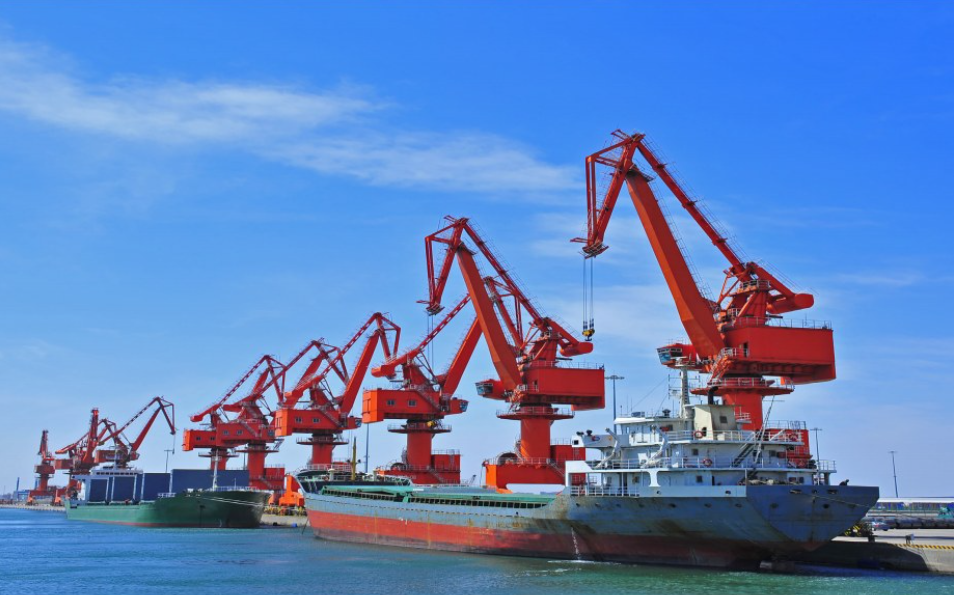
Application of Modern Control Technology
Advanced portal slewing cranes are now equipped with intelligent luffing control systems that can automatically detect amplitude changes and adjust the crane's speed. These systems use sensors to monitor parameters such as boom angle, load weight, and wind speed in real time, automatically calculating the optimal luffing speed to enhance the crane's luffing stability, greatly reducing the burden on operators.
Luffing stability has become an important indicator for measuring the performance of portal slewing cranes. Good luffing stability of the crane not only improves operational accuracy but also reduces fatigue wear on structural components, extending the equipment's service life.
The Key Role of Operators
Although automation technology is increasingly advanced, the experience of crane operators remains indispensable. Skilled crane drivers can flexibly adjust the luffing speed based on actual field conditions, such as weather, load characteristics, and the working environment, achieving the best balance between safety and efficiency while maintaining superior luffing stability.
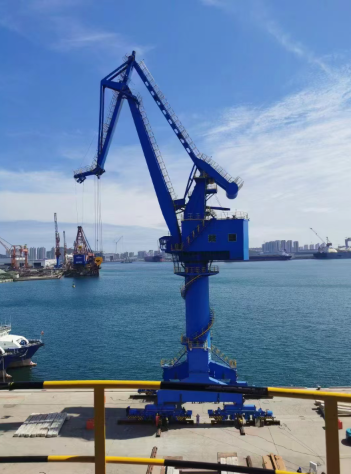
Conclusion
The adjustment of luffing speed at different amplitudes for portal slewing cranes is a technology that integrates physical principles and engineering practice. Through scientific speed control and reasonable crane operational strategies, not only can operational efficiency be improved, but safety and stability of the equipment can also be ensured. With the development of intelligent control technology, the luffing operation of these cranes will become more precise, efficient, and safe, providing reliable support for various heavy lifting applications.
